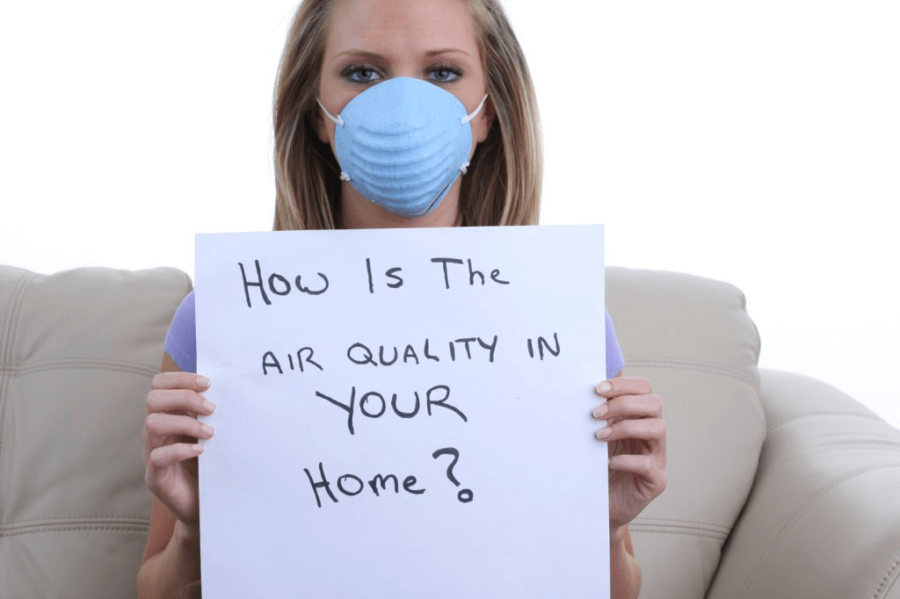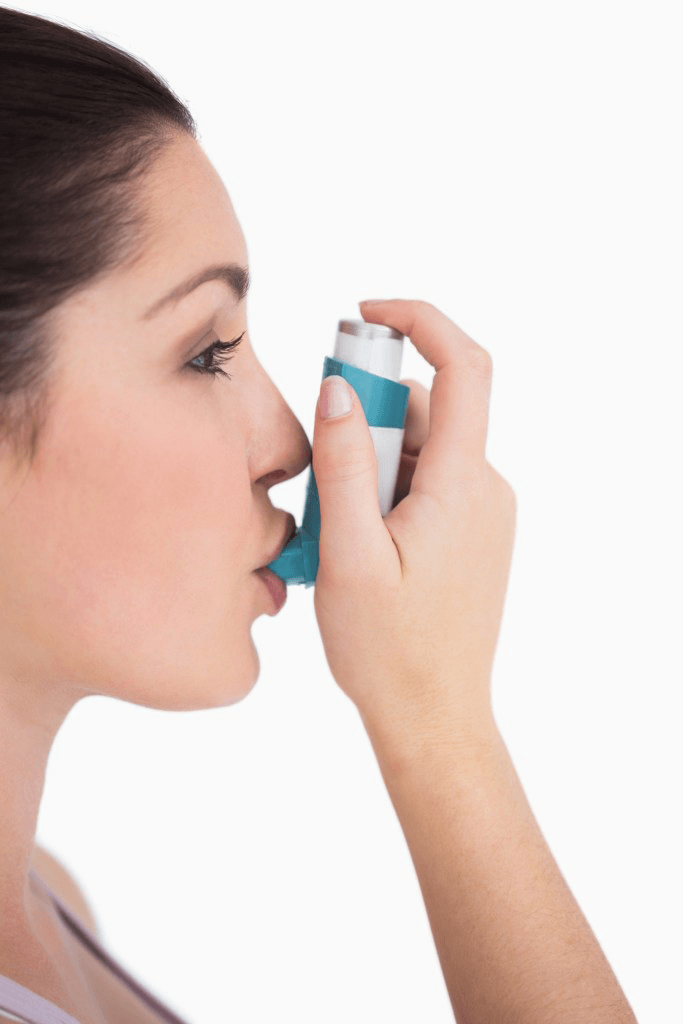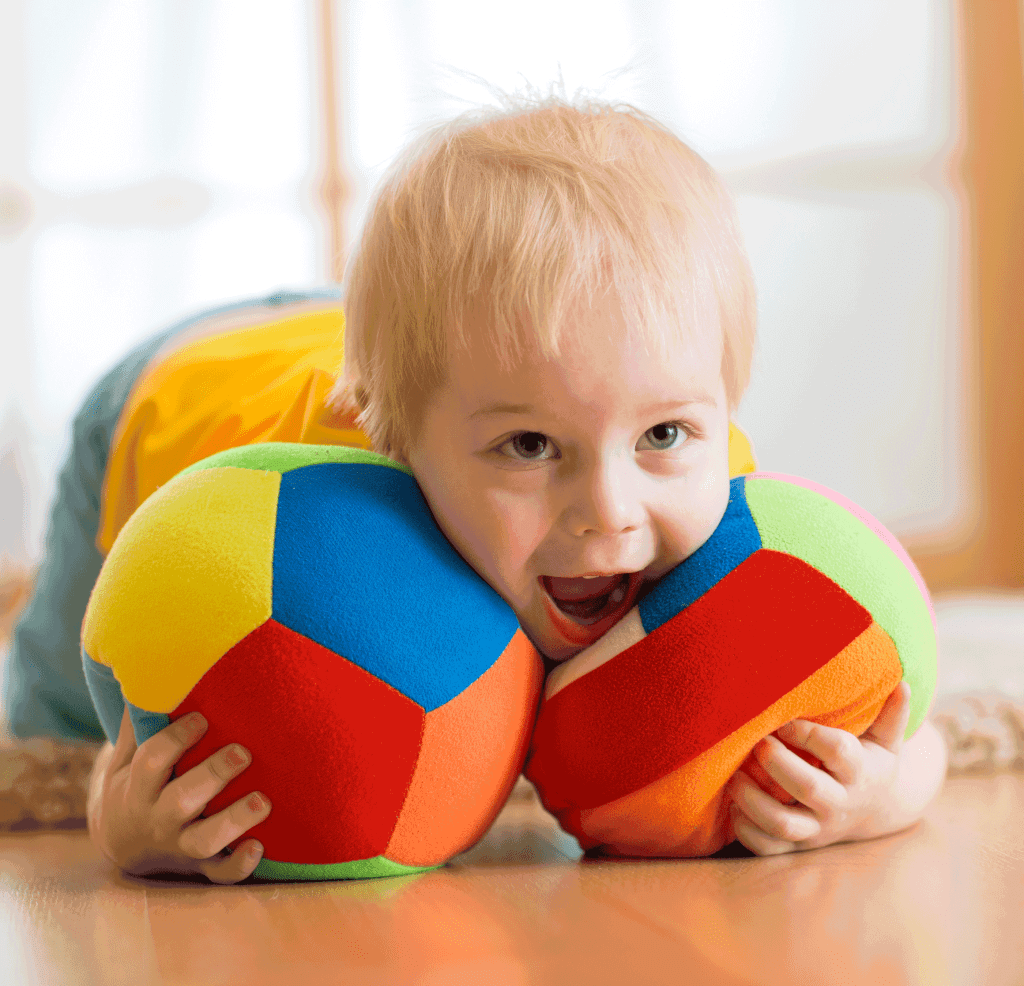Cleaning the house is easy when you’re single or married without kids, but when you have little ones around the house the need to create a safe living environment increases geometrically.
You may have gotten by on Tide Pods in the past, but with how precocious children can be, you may want to start looking for more safe cleaning products.
When it comes to cleaning products, there are three main considerations.
- Does it sanitize?
- Is it non-toxic?
- Is it eco-friendly?
These three considerations should be at the core of any efforts to select the best all-natural cleaning products for your home.
Sanitization
The first point is important because a cleaner that doesn’t do its job isn’t much of a cleaning product. While the amount of microbes we share our homes with may come as surprising to most people, and while it is true that some microbes are beneficial to us, there are many pathogens out there that can make us sick or even cause serious bodily harm, even death.
A study from NSF International looked at 22 households in Southeast Michigan and found an alarmingly high amount of yeasts, molds and coliform bacteria. The majority of the bacteria and microbes were found on dishwashing sponges, toothbrush holders, pet bowls, coffee reservoirs, kitchen counters, toilet seats and kitchen sinks.
Most of these bacteria and microbes were not pathogens. However these microbes can cause issues with hygiene and allergies, along with more serious complications like food poisoning.

Cleaner vs Disinfectant
The first thing to consider when looking at cleaning products is the difference between a cleaner and a disinfectant. Cleaners are meant to clean up a surface and remove dirt and other grime. However, it does not disinfect the surface and while many germs will be removed as the grime is taken out, many microbes like bacteria will remain on the surface.
The disinfectant on the other hand does not clean the surface. Spraying some alcohol on some spilled juice will not remove the sticky stain. It will, however, kill any bacteria in the location.
Knowing this, the key to finding effective cleaning products is to have a product or set of products that both clean and disinfect. This effectively sterilizes your living space and removes both dirt and pathogens from your home.
Soap: Simple and Effective
The simplest and most effective cleaning product is soap. Soapy water lets you clean a surface and removes dirt effectively. Cleaning products typically use surfactants to make a surface slippery and allow dirt to just fall off. Some are acidic, like vinegar, while some are alkaline-based. Others are pH neutral and some belong to category known as degreasers.
Most disinfecting products are chlorine-based, as chlorine kills bacteria by penetrating the bacterial cell wall and renders the bacteria incapacitated, to wither and die as the proteins inside their cells get destroyed. Ammonia is also effective, raising the pH of water to a level where bacteria can’t live. Alcohol is also used, as it diffuses the bacterial cell membranes causing the dissolution of the organic compounds in the cell.
Some products are all-in-one and both clean and disinfect at the same time. These products are easy and convenient to use, however most of these products require you to spray or apply the product, and leave them on for a period of time (typically five to ten minutes) to do their work before you wipe them off. An example of a popular all-in-one product is Lysol.
Toxicity
Cleaning products that disinfect microbes by nature need to be toxic at some level in order to do their job of destroying pathogens. However, certain levels of toxicity can be bad for humans as well, and these are the concern for any mother looking to provide a safe environment for their children. The level of toxicity of your cleaning products is the single most-important consideration you should have if you want to keep your family safe.
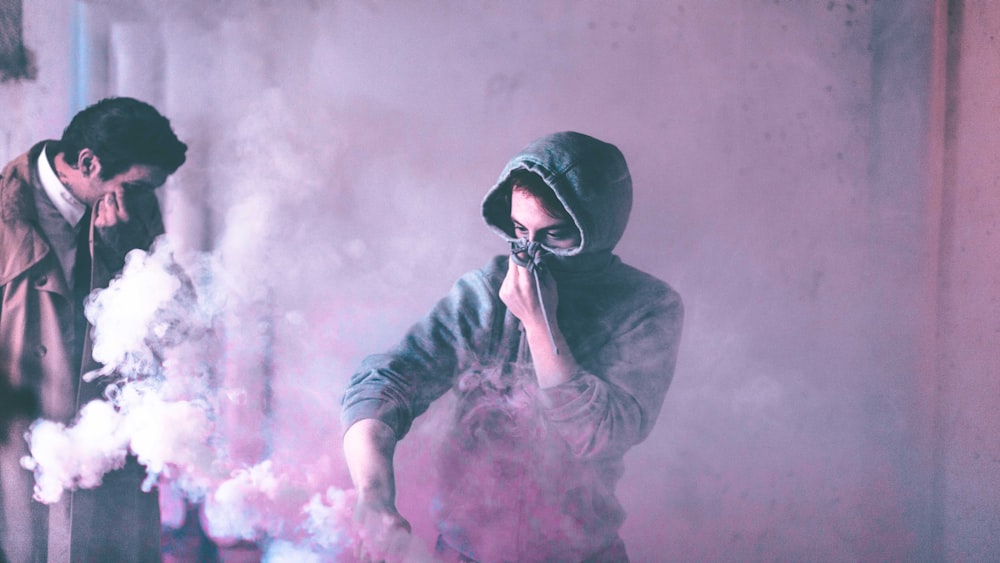
What are the problems with toxic chemicals?
Household cleaners need to be able to do their job of sanitizing the home. But some cleaners do their job a little too well: the harsh chemicals present not only takes out the germs and bacteria in your home, they can also cause harm to your young ones.
Babies and young children have much more delicate constitutions than adults do. While their bodies are still in the growing stage, they are much more vulnerable to a lot of things an adult can shrug off, and worse being affected negatively in this stage can have long-term effects on their development.
- Harmful to children’s skin
- Causes airway irritation
- Irritates the eyes
- Can cause poisoning
While there is an argument for allowing children to have their immune systems develop naturally through exposure to microbes and pathogens, this is a case where “baby steps” may be more prudent. Do your best to keep the house clean and ensure that children are exposed to as small amounts of pathogens and microbes as possible.
The cleaning compounds we use will take care of the most of the more dangerous pathogens, but we must be careful that the compounds themselves don’t represent a health risk to our children.
These are the common toxic chemicals in cleaning products:
- Phthalates – these chemicals tend to be found in scented products, such as air fresheners, dish soap, toilet paper. Any product that has a “fragrance” in its description likely has phthalates. These compounds are known endocrine disruptors, and can get into the body through inhalation or in some cases skin contact.
It is recommended to choose fragrance-free or all-natural organic products.
- Triclosan – this is an antibacterial agent used in dishwashing detergents and hand soaps. It is also found in ointments for topical skin care. Unfortunately this chemical is toxic and can disrupt endocrine function, and worse can help microbes develop into stronger, more resistant strains.
When buying soaps and detergents, check the ingredient list to make it has no triclosan.
- Sodium Hydroxide (lye) – this compound is often used in oven cleaners and drain openers. It is extremely corrosive and can cause burns when it comes into contact with your skin. Inhalation can cause sore throat.
When cleaning ovens, a baking soda compound made with vinegar can clean even the most grime-encrusted ovens.
- Chlorine – This chemical is used in toilet bowl cleaners, and for removing mildew, whitening laundry and disinfecting household tap water. It is a thyroid disruptor and can cause respiratory problems over prolonged exposure.
When cleaning the bathroom and removing molds, or when doing laundry, use Bon Ami powder or baking soda instead.
- Perchloroethylene (PERC) – Perc is a neurotoxin that is also possibly carcinogenic. It is often found in dry-cleaning solutions and products that remove stains from carpets and upholstery. It’s a big health risk in larger residential complexes with dry cleaning services, and the chemical is easily introduced to the body through inhalation.
Look for brands which are non-toxic when it comes to spot and stain removers. One such brand is Ecover.
- 2-Butoxyethanol – this is a chemical used in window and kitchen cleaners. It has a characteristic sweet smell and can irritate the respiratory system when inhaled, causing sore throat. At higher concentrations it can cause necrosis, pulmonary edema, and liver and kidney damage.
When choosing kitchen and window cleaners, use simple cleaning products like Bon Ami powder, or use your own solution made with vinegar and baking soda.
- Ammonia – this polishing agent is used to clean bathroom fixtures, sinks and glass. It leaves no trace upon evaporation and makes cleaning easy, but it’s a powerful irritant and when inhaled can cause asthma and lung problems. Long-term exposure can cause chronic bronchitis.
A better choice for cleaning fixtures, sinks and jewelry is a simple household product: toothpaste.
Is it Green?
The final consideration to look into is the eco-friendliness of your cleaning product. Even if you’re not on the environmental bandwagon, green cleaning products are important from a safety standpoint because non-green products tend to release various chemicals and gases which are unsafe for your home.
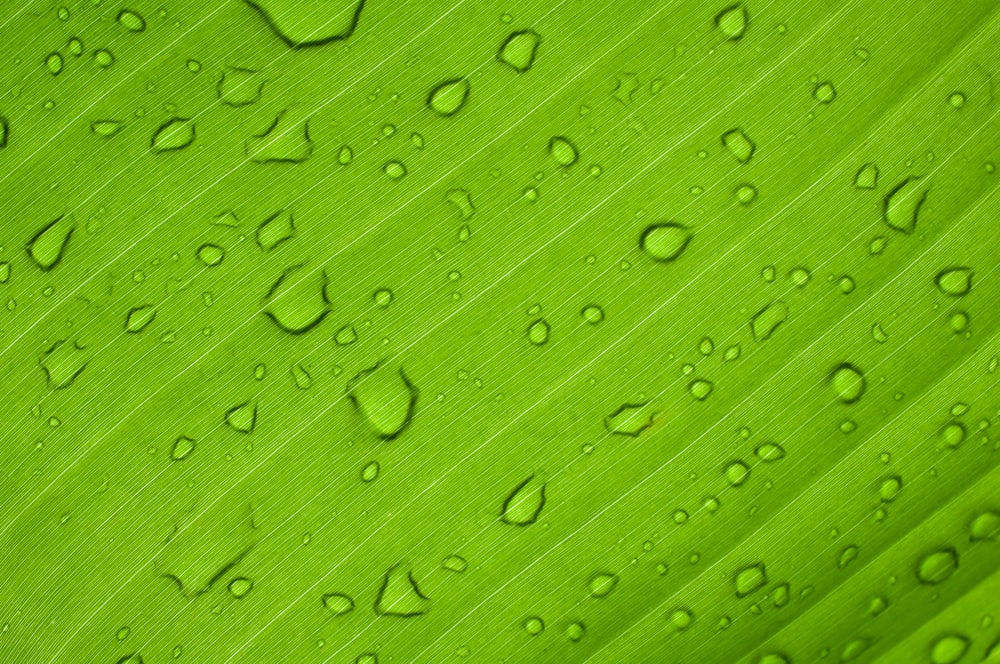
Aside from the toxicity threats which we covered in the last section, cleaning products which aren’t eco-friendly will usually release greenhouse gases, such as carbon dioxide. Some also release volatile organic compounds (VOCs) which are even worse. These are household pollutants which can cause problems.
- Carbon Dioxide – while carbon dioxide is part of the air we breathe, and the air is normally around 0.04% carbon dioxide. In higher concentrations carbon dioxide is detrimental and even dangerous to our health. A rise of carbon dioxide breathing levels to 4% is enough to cause dizziness, confusion and headache. Many cleaning sprays release amounts of carbon dioxide into your homes.
- Nitrogen – as with carbon dioxide, nitrogen is naturally part of the air we breathe, and is in higher concentrations in the atmosphere than oxygen at 78%. But if it displaces oxygen levels which should be at 21% and lowers it to below 19%, it can cause hypoxia and cause problems with the heart and lungs. Nitrogen is a direct by-product of ammonia found in cleaning products. Pay special attention to the ingredients list of detergents and toothpaste, which can contain these chemicals.
- Phosphorus – is found in many dishwasher detergents. While not dangerous enough in its concentrations to human health, phosphorus ends up in the waterways of our cities where it promotes plant growth, in particular algae. This causes a negative effect on our drinking water supply and can result in unhealthy drinking water in our homes.
As a cautionary warning, it’s important to distinguish between “green” and “non-toxic.” Just because a product is marketed or labeled as green, doesn’t mean it’s non-toxic. So keep this in mind and make sure the products you buy are non-toxic. Toxicity is the single most important consideration here in keeping your home safe.
Recommended Cleaning Products
Here is a list of products we have talked about earlier, and recommend as effective, non-toxic and eco-friendly.
- Bon Ami Cleaner – this effective multi-purpose cleaner is great for a variety of household surfaces. It is toxin-free and biodegradable, and is best in the kitchen, on cookware and in the bathroom. https://www.bonami.com/
- Ecover – this Belgian company recognizes that no product is 100% environmentally friendly, but their products are “ecological” and are easier on the environment and your homes than comparable products. Their cleaning products do not contain bleach and use natural plant oils and other extracts to do their work. https://us.ecover.com/shop/
- Mrs. Meyer’s Clean Day – a great counter cleaner which is effective at removing grease and sticky residue from juice and other liquid spills. It’s good on wood and tiles, and on bathroom fixtures.
https://www.mrsmeyers.com/product/household-cleaners/
- Caldrea Rosewater Hand Soap – a hand soap that keeps everyone’s hands free of bacteria. It uses natural ingredients like aloe vera, olive oil and other essential oils for a safe, toxin-free wash.
https://www.mrsmeyers.com/product/household-cleaners/
- Aden and Anais Laundry Detergent – this detergent is free of triclosan and other harsh chemicals, making it safe and yet super-effective at removing stains and grime from your laundry.
https://www.momandbabyshop.com/aden-anais-laundry.html
It’s recommended to use indoor air quality sensors like uHoo to make sure that the products you are using are safe. Most cleaning products emit a high level of VOCs (volatile organic compounds). VOCs are particles left over in the air from chemicals that are found in many household products.
You can check the levels of VOC in your room using an air quality monitor like the uHoo. These devices monitor the air you breathe in in real time, so if any dangerous chemicals are in the air you can take the steps to correct the problem. You can even pinpoint which of your household items are emitting dangerous chemicals and hazards that might affect your family, so you can make smarter choices next time on what cleaning products to bring home.
Do It Yourself
As a quick review, here are some ways you can create cleaning products by yourself using common household ingredients.
- Oven Cleaner – an equal parts mixture of baking soda, vinegar, salt when combined will produce a paste which is great at removing heavily-encrusted ovens. Apply the paste to the burnt carbon and scrub to remove the grime.
- Mildew Remover – mix two cups of water and 1/4 teaspoon of tea-tree oil and lavender oil, respectively. Shake well and spray onto mildew to break them down for easy removal.
- Carpet Stain Remover – mix three cups of water, 3/4 cup liquid soap and 10 drops of peppermint essential oil. This mixture can be rubbed onto dirty carpets with a sponge. Allow it to dry, then vacuum to remove stains.
- Drain Cleaner – mix half a cup of baking soda with six drops of lavender essential oil, then pour into the sink. Afterwards pour in 1/4 cup of vinegar and wait for the mixture to bubble. After thirty minutes or when the fizzle stops, rinse with hot water.
- Laundry Soap – grate a bar of soap and combine in 2 quarts of water in a sauce pan and heat until the soap is dissolved. Add in 2 cups of borax and 2 cups of washing soda, and stir until dissolved. Put in a large container and cover overnight. The next morning, stir and store, ready for use to clean your laundry.
- Polish – there are many products you can use to polish your home.
- General Purpose – Olive oil is good for polishing most surfaces and is best with surfaces with an oiled finish. Simply apply some olive oil onto a soft polishing cloth and buff.
- Metal Polish – rub toothpaste onto the metal like soap, and rub off with a paper towel to get a great shine.
- Wood Polish – mix 1 cup of mineral oil and 3 drops of lemon oil or extract for a great wood polish.
Keeping your home safe may be challenging, but it is also rewarding and downright essential if you want a great quality of life for your family. Refer to this guide often, any helpful tips and tricks you can use to help your family will make the time and effort worth it.



